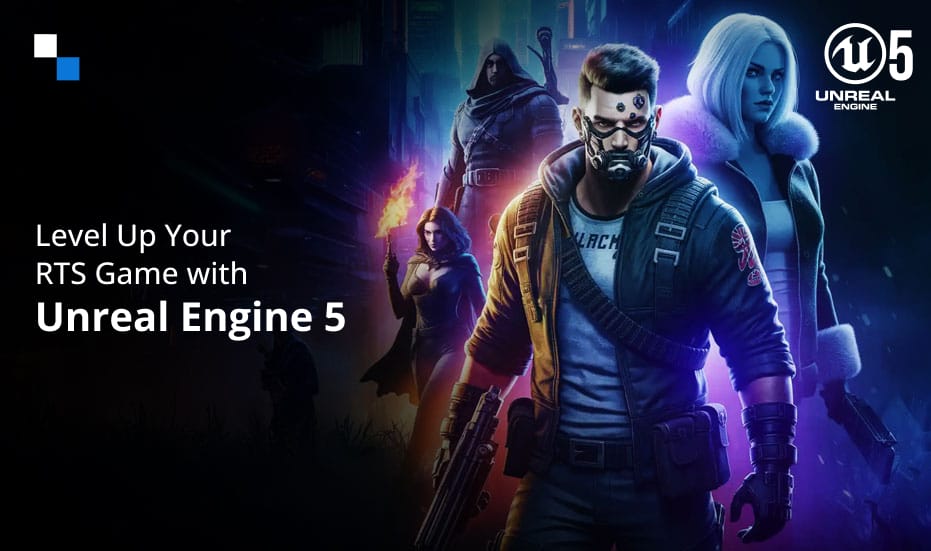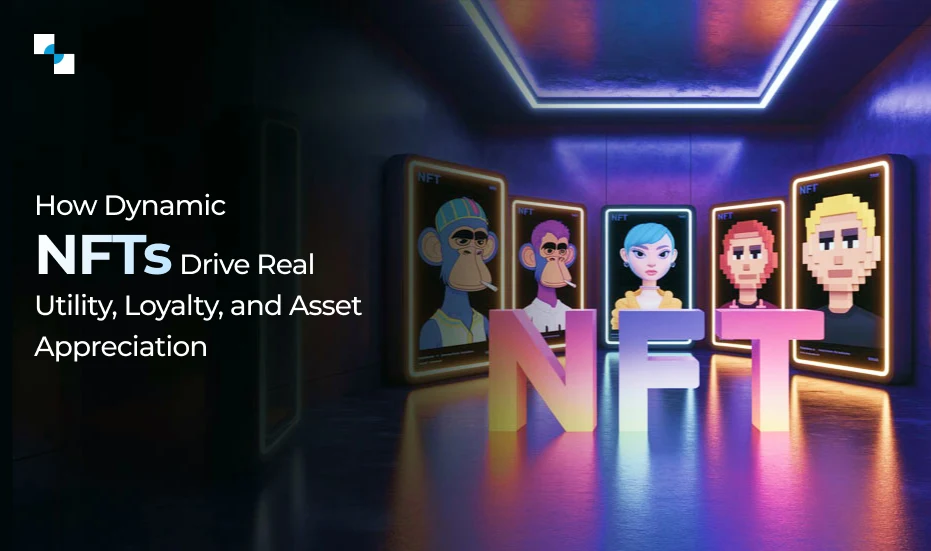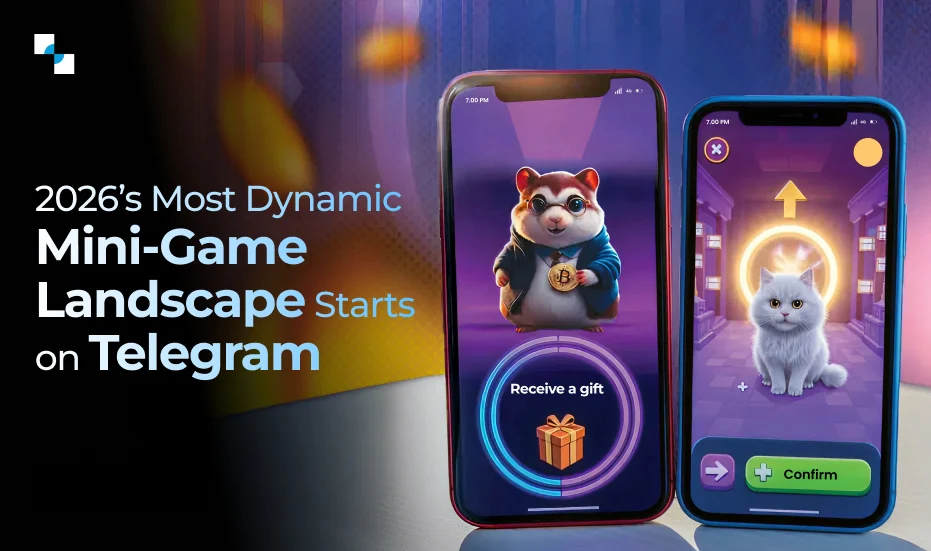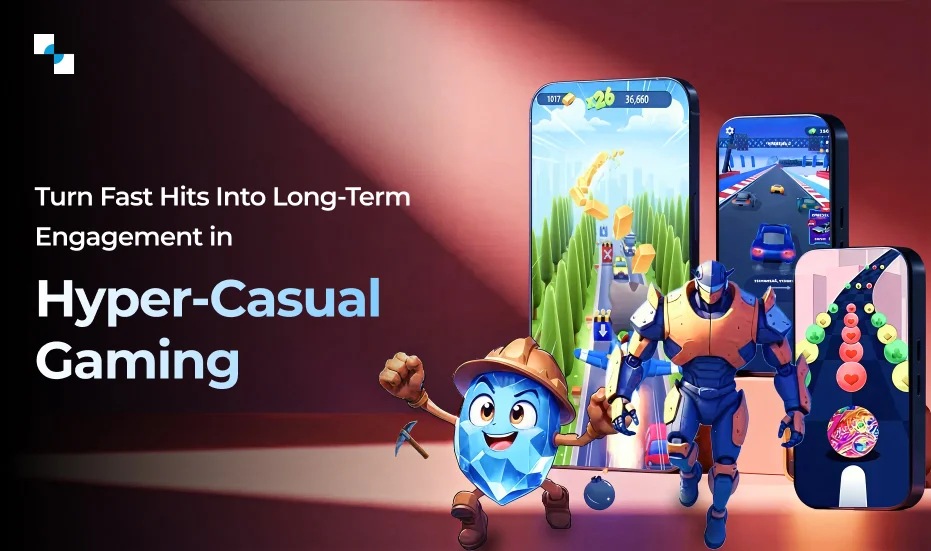Real-time strategy (RTS) games are making a strong return to the forefront of gaming, and Stormgate is making waves at the center of it all. With its next-gen visuals, fluid co-op play, and faction-based warfare, Stormgate presents a touchstone for modern RTS titles. And to top it all off, Stormgate is being developed on Unreal Engine 5, making it an excellent case study for developers and studios looking to make their own large-scale RTS game.
If you’re looking to understand what it takes to build such a game—both creatively and technically—you’ve landed in the right place. We’ll walk through the step-by-step process of creating a game like Stormgate, examine some of the tech stack behind it, and showcase some features to consider as to why Unreal Engine 5 game development is the default for RTS projects today.
Whether you run a studio providing game development services or you are contemplating another free-to-play game development model, this is your complete playbook.
Understanding Stormgate: Gameplay, Mechanics, and Scope
To understand how to build something like Stormgate, we first need to understand how Stormgate is configured as a game. Within Stormgate, it is primarily a futuristic RTS set during a post-apocalyptic war. It features strong systems around community and a clear emphasis on replay-ability, and it’s not just a basic base-builder. Stormgate can bolster heavy-hitting graphics that have a crisp pace to keep that action exciting, and community-focused. First and foremost, it is multiplayer.
- Factions and Strategy: The game is built around usable factions, each of which includes specific mechanics, ability types, and strategy types. As a player plays the game, they will have to learn how each faction functions, thus forcing adjustable options as well as how to think creatively.
- PvE, PvP, and Co-Op: Players can play solo, play with friends with cooperative missions, or compete in the game as traditional player vs. player. Housing all of these options keeps it fresh, depending on what kind of player you are!
- Ongoing Content and Modding Support: Stormgate is created to be played for life. It includes mod tools, so you can build maps, and seasonal content updates provide with continued, consistent, and quality community-speculative content.
These layers indicate that Stormgate is more than just combat; it is a live-service game that would require developers to offer a scalable back-end, deal with dynamic world-building beyond just one developer, and leverage the community to design and improve the game to whatever the final result may be. The real-time strategy game developers are going to have to sharpen their game!

Why Choose Unreal Engine 5 for an RTS Like Stormgate
When developing an RTS of this level and scope, tech stack really matters. This is why more studios are going for Unreal Engine 5 game development. UE5 provides all the horsepower, flexibility, and tools required to build vast worlds and complicated systems without hindering performance.
Here are a few reasons Unreal Engine 5 provides such a leap forward for RTS projects like Stormgate:
- Nanite Rendering Technology: With Nanite, you can build ultra-detailed environments with high-poly models, without performance concerns. Perfect for building huge battlefields with gorgeous detail.
- Lumen Global Illumination: Real-time lighting and reflections with Lumen give you the ability to create rich and immersive atmospheres, which is great for cinematic moments in battle or day-night cycles.
- World Partition: This divides up large maps into grid-based sections and automatically assigns and loads only what’s needed in real time. This equates to smoother performance and less risk of bottlenecks when building/designing large maps.
- Excellent Networking Support: With a built-in multiplayer framework, you don’t have to write PvP, co-op or real-time sync functionality from scratch—it makes it much easier.
- Blueprints + C++ Combination: Blueprints give you the ability for rapid prototyping of functionality. In conjunction with C++, you have low-level control over system processes, which strikes an excellent balance between speed of development and performance.
Put simply, if you’re trying to replicate something like the Stormgate Unreal Engine 5 framework, this engine provides all the tools you need—and then some.
Also Read: Develop AAA Games on Unreal Engine 5 with Web3 Capabilities.
Steps to Stormgate Unreal Engine 5 Game Development
1. Pre-Production & Game Design
Every great game starts with a vision—and in this phase, you turn that vision into structure.
- Draft your Game Design Document (GDD) to detail your factions, units, lore, and gameplay loops.
- Plan your monetization strategy early—especially if you’re aiming for a free-to-play game development model.
- Define art direction, tone, and mood with concept art and early visual mockups.
- Validate core mechanics using low-fidelity prototypes to test ideas quickly.
2. World Building & Environment Design
This is where Unreal Engine 5 game development really starts to shine.
- Build detailed landscapes using Nanite and Quixel Megascans.
- Create terrain variations that impact gameplay—think choke points, elevation, cover.
- Add environmental storytelling—ruins, weather changes, dynamic fog—to deepen immersion.
3. Unit AI, Faction Mechanics, and Combat
A solid RTS hinges on how units behave and how players engage in strategic decision-making.
- Set up unit classes with unique strengths, weaknesses, and upgrade trees.
- Use UE5’s Behavior Trees to program intelligent AI responses and squad coordination.
- Integrate formations, pathfinding, and line-of-sight mechanics for added realism.
4. UI/UX Design and Control Systems
Your interface is the player’s command center—it needs to be both functional and responsive.
- Build intuitive dashboards for unit selection, resource management, and map navigation.
- Implement hotkey systems, quick commands, and visual feedback cues.
- Use UMG (Unreal Motion Graphics) to design modular and dynamic UI elements.
5. Multiplayer & Live Infrastructure
This phase is all about creating a seamless multiplayer experience.
- Set up session-based matchmaking, lobby creation, and player rankings.
- Use Unreal’s replication features to sync unit actions and state changes across all clients.
- Plan for long-term server management, patch delivery, and live content rollout.
6. Optimization, Testing & Deployment
No matter how visually stunning or feature-rich your game is, performance issues will kill the player experience.
- Profile GPU and CPU loads using UE5’s built-in analysis tools.
- Run stress tests for high-unit scenarios and simulate lag to test server performance.
- Deploy staged playtests to gather early feedback and iterate accordingly.

Tech Stack and Third-Party Tools to Consider
While Unreal Engine 5 gives you a powerful core, integrating the right third-party tools can take your project to the next level. Here’s a curated tech stack to help streamline your real-time strategy game development workflow:
1. Backend & Networking
- PlayFab or AWS GameLift for scalable server infrastructure
- Photon Engine for quick, real-time multiplayer integrations
- Agora for voice communication in co-op and team-based play
2. Analytics & Monetization
- GameAnalytics for player behavior tracking
- Firebase for crash reporting and app stability
- Xsolla or Stripe for secure payment processing, essential in free-to-play game development environments
3. Version Control & Collaboration
- Perforce (P4V) for large binary file handling
- Jira and Confluence for task management and documentation
- Slack or Discord for real-time team communication
Final Thoughts
Stormgate has raised the bar for RTS games—by delivering a triple-barrel offering of captivating story, modern multiplayer, and engaging world-building. The exciting part? In today’s environment—where there are even more game development tools and technologies like Unreal Engine 5—it’s well within reach for you to develop an experience at that level
It goes beyond the technology alone—you will need a well-thought-out plan, a clear vision for gameplay, and a means to develop with the right partners. But once you have accomplished that, you can create the next breakout experience in the real-time strategy game development space.
When you are ready to move forward with your RTS vision, it’s time to leverage high-performance tools, a scalable backend, and game development services expertise, whether you are building for fun, esports, or the future—let Stormgate be your guide.







